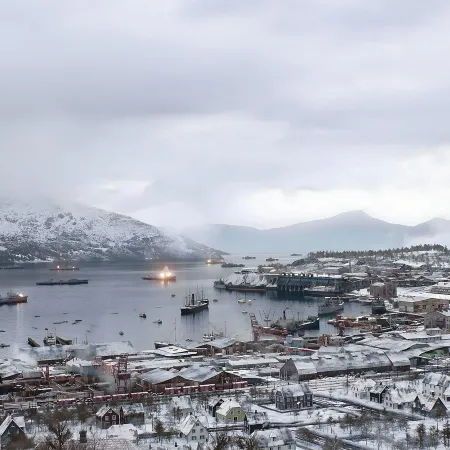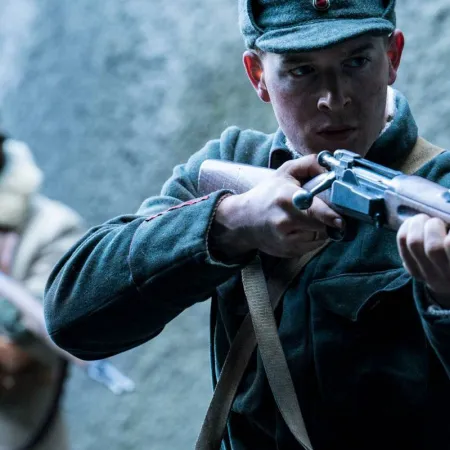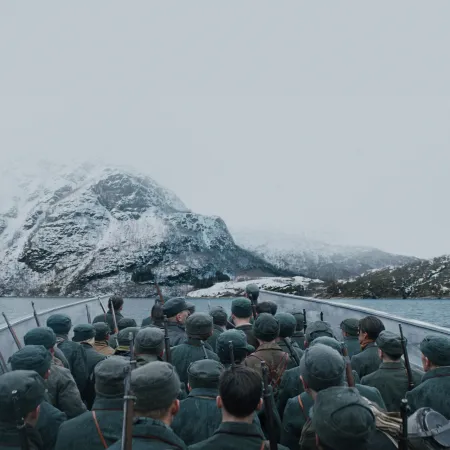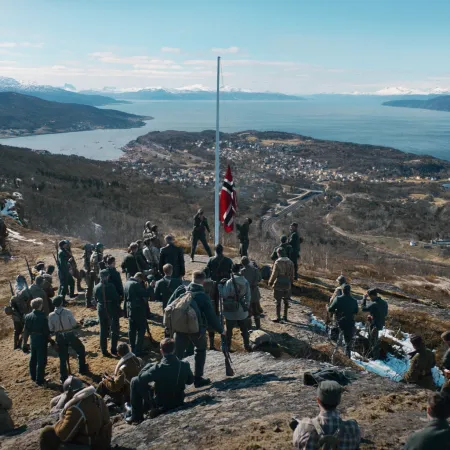Narvik 1940: Hitler's First Defeat
Situated in the dramatic landscapes of northern Norway, Narvik holds a place in history as the site of one of the most crucial battles in the early days of WWII. The Battle of Narvik, fought in April and May 1940, was a decisive confrontation between German, British, Norwegian, and Allied forces with massive losses that affected all battles to come.
Strategic importance
Narvik’s significance stemmed from its ice-free port and proximity to the Kiruna and Gällivare iron ore mines in Sweden. During winter months, Narvik served as a vital export point for iron ore, a critical resource for wartime industries. Both the Allies and Germany recognized this, understanding that control of Narvik meant control over a key supply of materials crucial for weapon production.
The initial german invasion
On April 9, 1940, German forces launched Operation Weserübung, a campaign to secure Norway and Denmark. Narvik became a prime target. Under the command of General Eduard Dietl, ten German destroyers carrying over 2,000 troops entered the Ofotfjord under cover of darkness. The surprise assault quickly overwhelmed the small Norwegian garrison, capturing the town and its strategic port facilities.
The allied response
The swift German occupation of Narvik alarmed the Allies, prompting an immediate response. British naval forces, led by Admiral Sir William Whitworth, launched a series of counterattacks to regain control of the port. These engagements culminated in the First and Second Naval Battles of Narvik (page 56), where British destroyers and battleships clashed with German naval forces in the fjords. Despite heavy losses on both sides, the Allies succeeded in neutralizing the German fleet.
The land campaign
Following the naval battles, a multinational Allied ground force was assembled, including British, French, Polish, and Norwegian troops. Coordinated by General Claude Auchinleck, the Allies launched a land offensive to oust the entrenched German forces from the surrounding mountains and regain control of Narvik. After weeks of intense combat in challenging Arctic conditions, the Allies succeeded in recapturing the town on May 28, 1940.
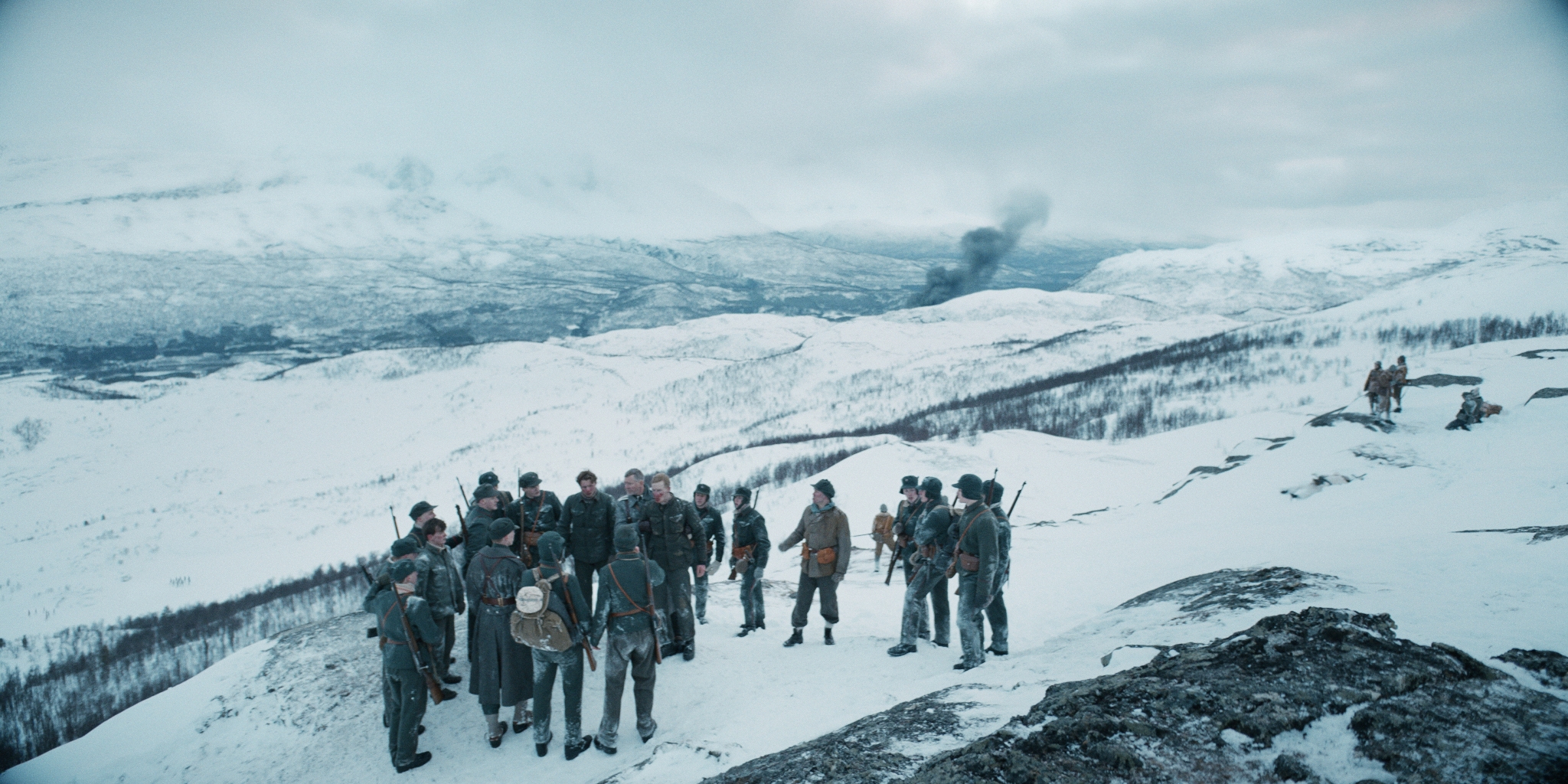
Norwegian and French soldiers gathers on a snowy mountainside at Øse, preparing for the offensive against German forces near Narvik.
Nordisk Film
Strategic outcomes
Although the Allies achieved a tactical victory at Narvik, larger geopolitical developments rendered the success short-lived. The German invasion of France in May 1940 forced the Allies to withdraw their forces from Norway to address the critical situation on the Western Front. This allowed Germany to reoccupy Narvik and consolidate its hold on Norway for the remainder of the war.
Legacy of the battle
The Battle of Narvik remains a symbol of courage, resilience, and international cooperation. It highlighted the strategic importance of the Arctic region and demonstrated the challenges of warfare in extreme environments. Today, Narvik honors its wartime heritage through museums and memorials, ensuring that the sacrifices and stories of those who fought are not forgotten.
For visitors to Narvik, the legacy of the battle remains ever-present. Whether you're exploring the Narvik War Museum or participating in guided tours and activities designed for both families and adults, you'll have the chance to learn about and experience this remarkable chapter of history firsthand.







